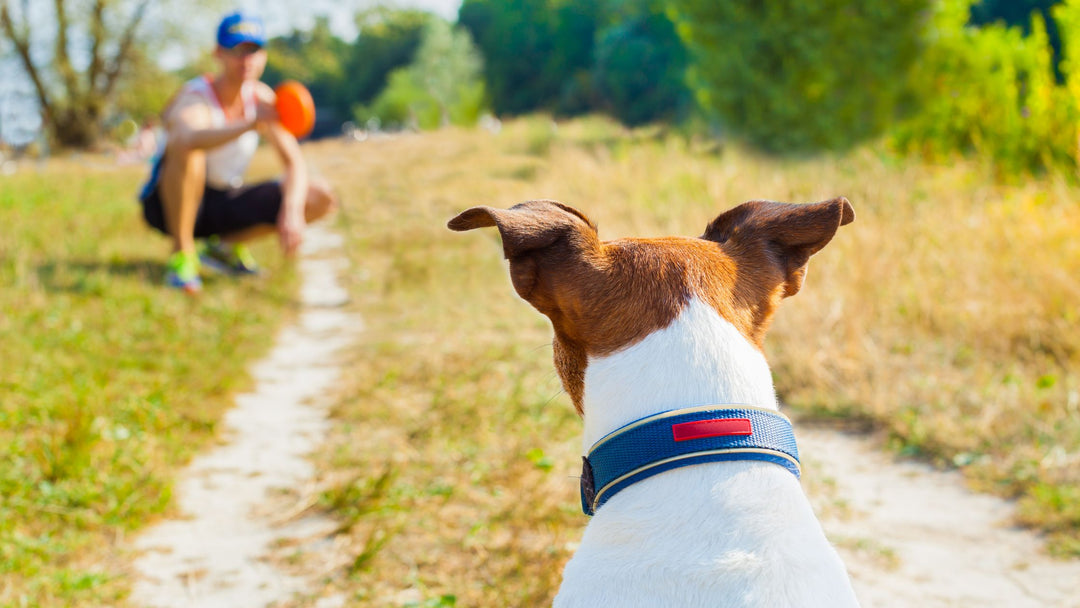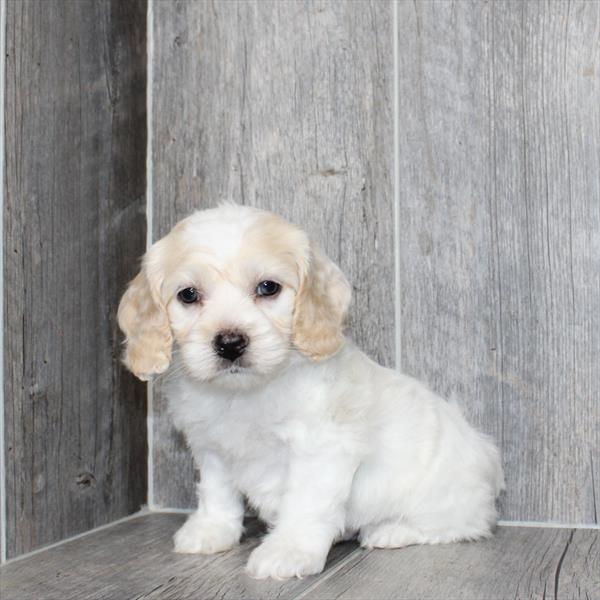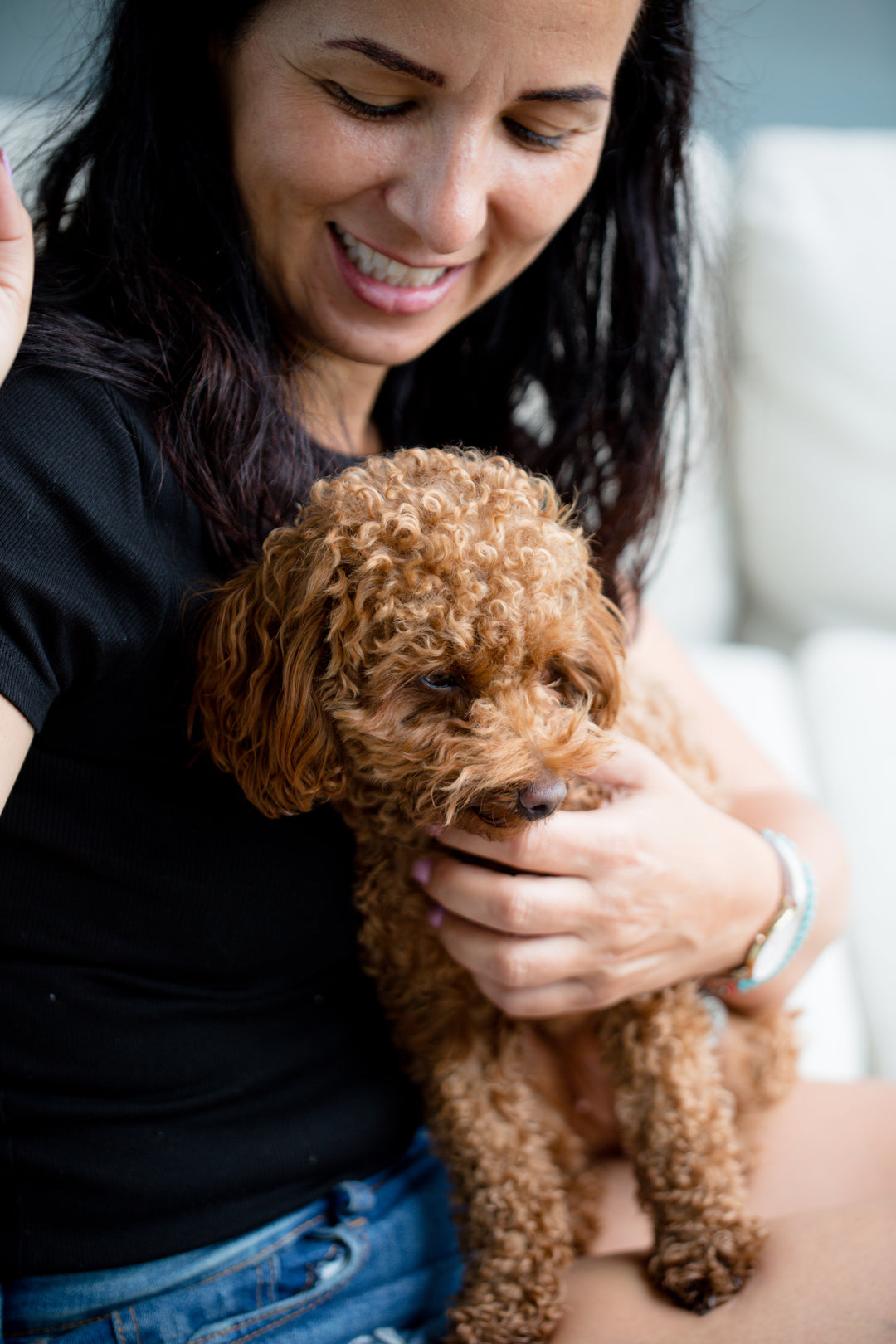How to Introduce Your Dog to New People and Other Dogs

As a dog owner, it's important to socialize your furry friend to help them develop healthy relationships with both people and other dogs. Introducing your dog to new people and other dogs can be a bit tricky, especially if your dog is anxious or aggressive. However, with patience, consistency, and the right approach, you can help your dog become more comfortable around new people and other dogs. Here are some tips on how to introduce your dog to new people and other dogs.
1. Start with Positive Associations
When introducing your dog to new people or dogs, you want to create a positive association for them. This means making sure that the experience is enjoyable and rewarding. You can do this by offering treats, praise, and other positive reinforcement when your dog meets new people or dogs.
2. Keep Your Dog on a Leash
It's important to keep your dog on a leash when introducing them to new people or other dogs. This will help you maintain control and prevent any aggressive behavior. It's also a good idea to use a harness instead of a collar to prevent any injury to your dog's neck.
3. Choose a Neutral Location
When introducing your dog to a new person or dog, it's best to choose a neutral location, such as a park or a street corner. This will prevent any territorial behavior from your dog and will also help your dog feel more comfortable.
4. Use a Barrier
If your dog is particularly anxious or aggressive, it's a good idea to use a barrier, such as a baby gate or a fence, to separate them from the new person or dog. This will allow your dog to observe the new person or dog without feeling threatened.
5. Use Desensitization Techniques
Desensitization is a process of gradually introducing your dog to new people or dogs over a period of time. This can help your dog become more comfortable and less anxious around new people or dogs. You can do this by gradually increasing the exposure to new people or dogs, starting with a distance and gradually decreasing it.
6. Observe Your Dog's Body Language
It's important to observe your dog's body language when introducing them to new people or dogs. Signs of anxiety or aggression include growling, barking, and lunging. If your dog displays any of these behaviors, it's best to remove them from the situation and try again at a later time.
7. Reward Positive Behavior
When your dog displays positive behavior, such as sniffing or wagging their tail, be sure to offer treats and praise. This will help your dog associate positive behavior with meeting new people or dogs.
Conclusion
Introducing your dog to new people and other dogs can be a bit daunting, but it's important for their socialization and overall well-being. By using positive reinforcement, keeping your dog on a leash, and choosing a neutral location, you can help your dog become more comfortable around new people and other dogs. Remember to be patient, consistent, and observant of your dog's body language. With time and effort, you and your furry friend can enjoy many new social interactions.
1. Start with Positive Associations
When introducing your dog to new people or dogs, you want to create a positive association for them. This means making sure that the experience is enjoyable and rewarding. You can do this by offering treats, praise, and other positive reinforcement when your dog meets new people or dogs.
2. Keep Your Dog on a Leash
It's important to keep your dog on a leash when introducing them to new people or other dogs. This will help you maintain control and prevent any aggressive behavior. It's also a good idea to use a harness instead of a collar to prevent any injury to your dog's neck.
3. Choose a Neutral Location
When introducing your dog to a new person or dog, it's best to choose a neutral location, such as a park or a street corner. This will prevent any territorial behavior from your dog and will also help your dog feel more comfortable.
4. Use a Barrier
If your dog is particularly anxious or aggressive, it's a good idea to use a barrier, such as a baby gate or a fence, to separate them from the new person or dog. This will allow your dog to observe the new person or dog without feeling threatened.
5. Use Desensitization Techniques
Desensitization is a process of gradually introducing your dog to new people or dogs over a period of time. This can help your dog become more comfortable and less anxious around new people or dogs. You can do this by gradually increasing the exposure to new people or dogs, starting with a distance and gradually decreasing it.
6. Observe Your Dog's Body Language
It's important to observe your dog's body language when introducing them to new people or dogs. Signs of anxiety or aggression include growling, barking, and lunging. If your dog displays any of these behaviors, it's best to remove them from the situation and try again at a later time.
7. Reward Positive Behavior
When your dog displays positive behavior, such as sniffing or wagging their tail, be sure to offer treats and praise. This will help your dog associate positive behavior with meeting new people or dogs.
Conclusion
Introducing your dog to new people and other dogs can be a bit daunting, but it's important for their socialization and overall well-being. By using positive reinforcement, keeping your dog on a leash, and choosing a neutral location, you can help your dog become more comfortable around new people and other dogs. Remember to be patient, consistent, and observant of your dog's body language. With time and effort, you and your furry friend can enjoy many new social interactions.












